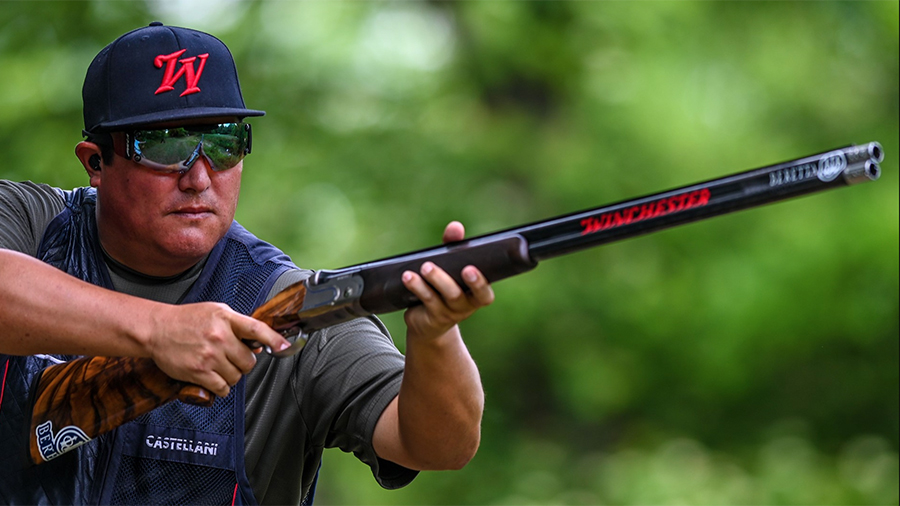Winchester’s sales slightly more than doubled in the second quarter. Scott Sutton, chairman, president and CEO of Olin Corp, Winchester’s parent, told analysts on a conference call that the ammunition brand is looking to capitalize on the 57 million new recreational shooting participants that have arrived since the pandemic emerged.
“We are embarking on a plan to reach some of the 175 million adults and part of the 45 million youths who don’t participate in target shooting today by using the Winchester brand to grow the overall pie,” said Sutton.
Steps to expand the universe of recreational shooters and hunters include:
- Ignite the shooting sports movement and activate new participants;
- Leverage Winchester’s status across key conservation and shooting sports organizations to create new avenues for growth;
- Engage at the grassroots level with proven industry initiatives; and
- Parlay the Winchester brand via mainstream licensing.
Sutton also said Winchester’s growth woud be supported by future participation in the Army’s Next Generation Squad Weapon. In late February, the Pentagon announced that Olin-Winchester was selected as the winner of a $38 million contract for small arms ammunition related to the program. Production would be performed at Winchester’s plant in Oxford, MS with a completion date stretching to March 2026.
In the second quarter, sales at Winchester jumped 109.8 percent, to $404.0 million compared to $192.6 million in the second quarter of 2020. Segment earnings surged nearly seven-fold to $109.9 million compared to $16.0 million a year ago.
Growth benefited from the Lake City U.S. Army Ammunition Plant in Independence, MO, which Winchester began operating on October 1, 2020.
The increase in second-quarter sales and segment earnings at Winchester was primarily due to higher commercial and military sales, which included ammunition produced at the Lake City site and higher commercial ammunition pricing. The segment earnings were also impacted by higher commodity costs.
Companywide, sales grew 79.0 percent to $2.22 billion from $1.24 billion. In its other two segments, Chlor Alkali Products and Vinyl sales for the second quarter were $967.3 million compared to $651.2 million a year ago, representing a gain of 48.5 percent. Epoxy sales catapulted 1113.9 percent to $850.0 million from $397.4 million a year earlier.
Net income was $355.8 million, or $2.17 per share, against a loss of $120.1 million, or 76 cents per diluted share. Adjusted EBITDA of $559.2 million excludes depreciation and amortization expense as well as restructuring charges compared to $71.5 million a year ago.
Sutton said, “Continuing to build on these successes in the second half of 2021, Olin now expects to deliver adjusted EBITDA of at least $2.1 billion for 2021. We expect Chlor Alkali Products and Vinyls, Epoxy and Winchester third quarter segment results to increase sequentially. Overall, we also expect third-quarter 2021 adjusted EBITDA to improve sequentially from second quarter 2021 levels.”
Olin had expected to deliver an adjusted EBITDA of $1.8 billion to $2.1 billion for 2021.
Photo courtesy Winchester
















